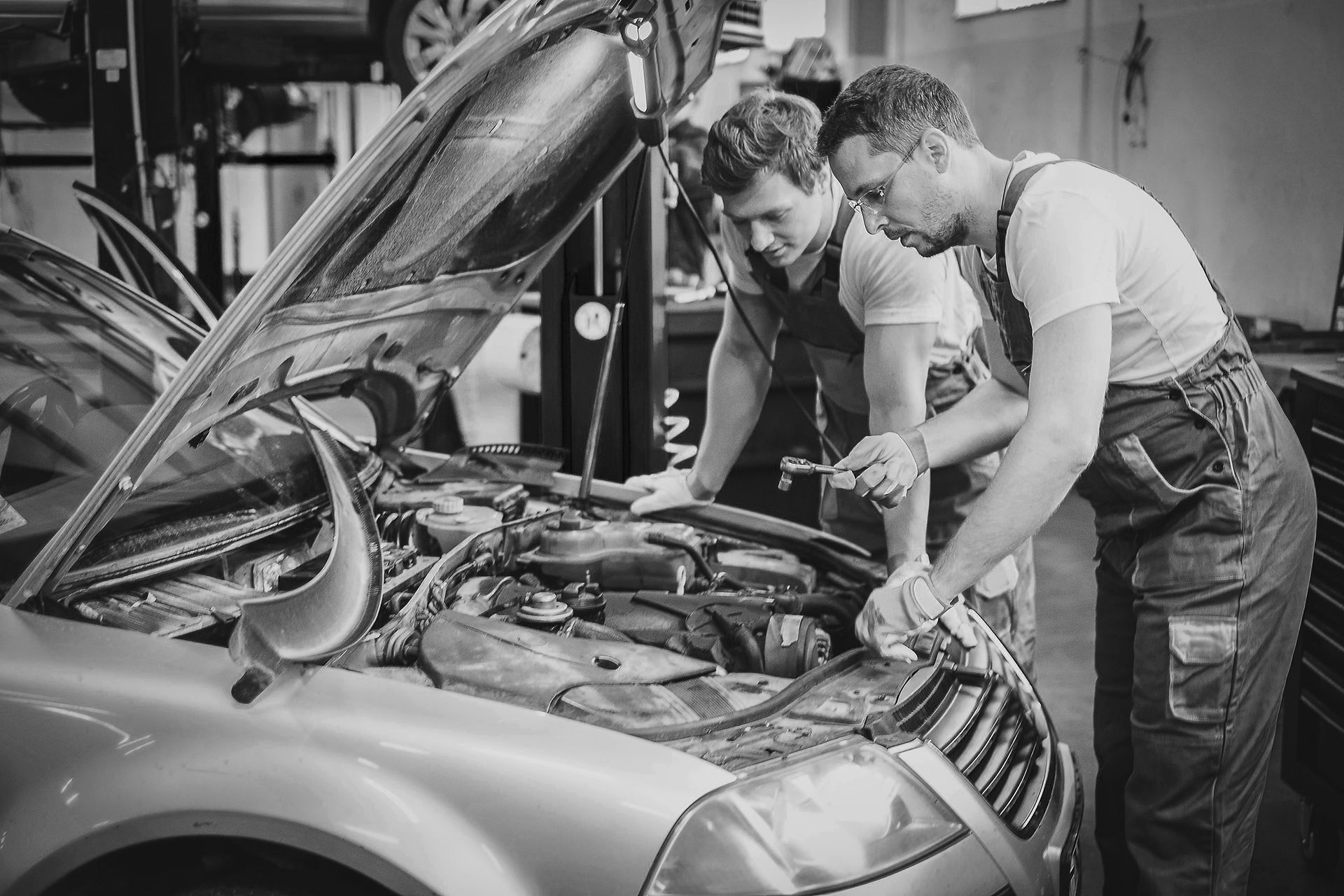

Why Your Lawn Equipment Won't Start After Sitting for the Winter
Mar 17
2 min read
0
1
0

As the chill of winter gives way to the warmth of spring, it's time to fire up your lawn equipment and prepare for another season of outdoor maintenance. However, for many, the first attempt to start their mower or trimmer after months of inactivity turns out to be frustratingly unsuccessful. If your lawn equipment refuses to come to life after hibernating through the winter, you're not alone. Let's delve into some common reasons why this happens and what you can do to get your equipment running smoothly again.
1. Stale Fuel and Carburetor Issues
One of the most common reasons lawn equipment won't start after winter is stale fuel. Gasoline can break down over time, especially if it has ethanol, which attracts moisture and leads to separation. This can clog the carburetor and fuel lines. Before storing your equipment for winter, it's a good practice to either run the engine until the tank is empty or add a fuel stabilizer. If old fuel is the culprit, drain the tank and replace it with fresh gasoline.
2. Battery Problems
For electric start mowers and equipment, a drained or dead battery can be another hurdle. Batteries lose charge when left unused for extended periods. Charging the battery fully before trying to start the equipment, or replacing it if it won't hold a charge, is essential.
3. Spark Plug Issues
Spark plugs are critical for ignition. If your equipment turns over but won’t start, the spark plug might be dirty, corroded, or worn out. Check the spark plug for signs of wear or carbon buildup, and clean or replace it as necessary to ensure a strong spark.
4. Air Filter Blockages
A clogged air filter can restrict airflow to the engine, making it difficult to start. Dirt and debris accumulated over time can hinder performance. Cleaning or replacing the air filter can help restore proper airflow and improve engine performance.
5. Oil and Lubrication Needs
Old oil can thicken and lose its lubricating properties, making it essential to check and change the oil before attempting to start your equipment. Additionally, lubricating moving parts can prevent seizing and ensure smooth operation.
6. Rodent or Insect Nests
During winter storage, critters may find warm, enclosed spaces like engines a perfect place to nest. Check for signs of nests or chewed wires that could be causing issues. Clearing out any debris and repairing damaged wires can resolve starting problems associated with unwelcome guests.
Preventive Measures for Next Winter
To avoid these issues in the future, consider taking some preventive steps before the next winter arrives:
- Run the engine dry of fuel or use a stabilizer to keep the fuel fresh.
- Disconnect or remove the battery and store it indoors.
- Clean and maintain the equipment, including changing the oil and cleaning filters.
- Store your equipment in a dry, sheltered place to prevent moisture and pest damage.
By understanding these common issues and taking proper preventive actions, you can make sure your lawn equipment is ready to go when the first signs of spring appear. If after trying these steps your equipment still won't start, it may be time to consult a professional for a thorough inspection and repair. With proper care and maintenance, your lawn equipment can enjoy a longer, more reliable life.

